The Medieval Styles, developed during the Middle Ages, included major art movements and regional artists.
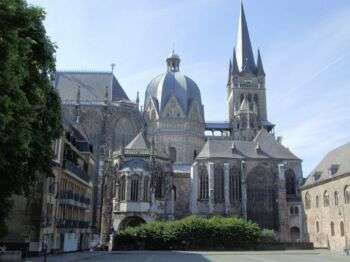
Image source: https://search.creativecommons.org/photos/3a3f3de4-2a6e-49ec-8a33-9b17afb3fccf by Jim Linwood
Pre-Romanesque
Pre-Romanesque is a period of Medieval Style starting from the Merovingian kingdom or the Carolingian Renaissance and continuing to the early 11th-century Romanesque period.
The term is often used in English to talk about architecture and monumental sculptures only. The main theme during this period was the introduction and combination of classical Mediterranean sensibility with the Germanic style, which embraced innovative new forms. Medieval art was preceded by the Migration Period art of the “Barbarian” peoples: Hiberno-Saxon in the British Isles and Merovingian on the Continent.
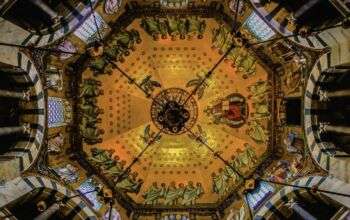
Image source: https://search.creativecommons.org/photos/ff387d71-4e7b-4056-9bce-1a498f58c75a by Polybert49
Romanesque
Romanesque architects worked on a variety of different projects. The most common were village churches, abbey churches, cathedrals and castles. The monumental abbey churches were the most important of these, and most are still in use. Typical features of Romanesque architecture include:
- Semicircular arches: Most arches were semicircular, but a few buildings have pointed arches. Narrow windows or doors featured with a stone lintel. Larger openings were always arched in this style
- Thick walls: These massive supporting walls had few openings and were used to contain the need for buttresses
- Arcades: Row of arches, sustained by either columns or piers. Capitals could often be the ones of Corinthian style
- Roofs: Made from wood or stones, with vaults made of stone or bricks
- Towers: Were a regular feature of Romanesque churches and could be of several forms: square, circular and octagonal towers
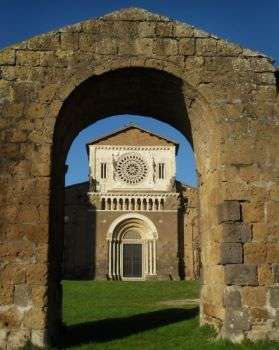
Source: Duomo di San Pietro a Tuscania https://commons.wikimedia.org/wiki/File:Lo_stile_romanico_di_San_Pietro,_Tuscania,_VT.JPG by Quaserta
The Birth of Gothic
Gothic architecture took the name from opus francigenum, which literally means “French work.” However, the Gothic term was initially negative, as it suggests something barbaric.
Gothic architecture spread over Europe in the Middle Ages. Born out of Romanesque architecture, it is common, especially for cathedrals and churches, until the 16th century.
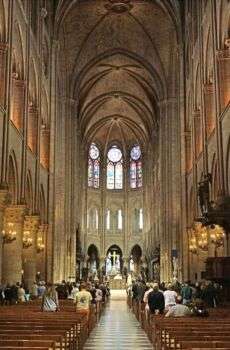
Image source: https://search.creativecommons.org/photos/1cf84641-d098-478a-b692-20a5c8a97c4d by Dennis Jarvis from Halifax, Canada
Its main features are rib vault and flying buttress, which allow the counterbalancing of the roof with buttresses put outside the building. This gives a sense of greater height and more space for windows.
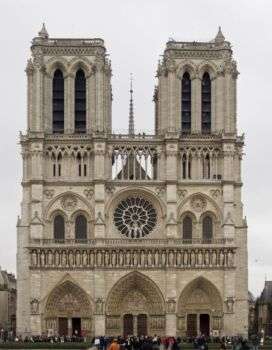
Image source: https://search.creativecommons.org/photos/8177fe96-71af-45c3-86c4-3060b596d5d5 by Carlos Delgado
Info source: http://www.medieval-life-and-times.info/medieval-art/medieval-architecture.htm
